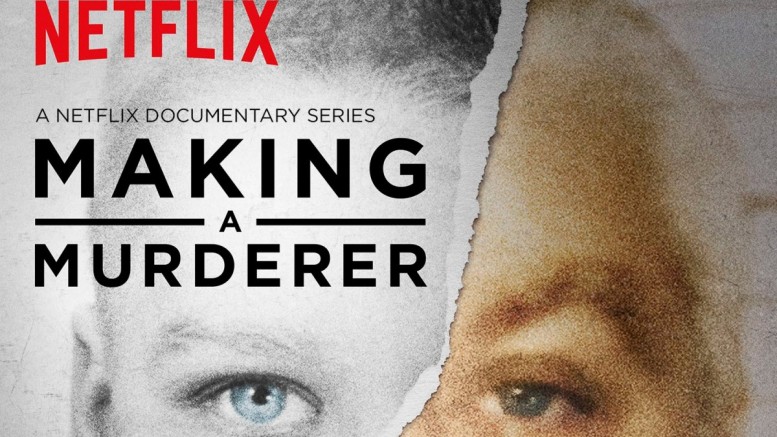Netflix’s Making a Murderer is a 10 part documentary which has been rapidly gaining traction from major news publications and social media, so much so that even the White House has chimed in. So, what seems to have intrigued the hearts of so many Americans? The documentary takes enormous strides to exemplify the faulty system that is the American court system, referencing the case of Steven Avery and his nephew Brendan Dassey as the epitome of how unjust the courts can be.
Avery, a man from Mantiwoc County, Wisconsin, is all too familiar with the dark side of the the courts, having been falsely convicted of rape in 1985 and only being exonerated for it 17 years later. 2 years after being exonerated, Avery, alongside his nephew Brendan Dassey, are charged with the murder of Teresa Halbach and stand on trial. The circumstances surrounding their trial are suspicious. Avery had been in a civil suite for over 35 million dollars against the Mantiwoc County police department for his false rape conviction. The confession obtained from Brendan Dassey, professing Avery’s and his own guilt, resulted from an unjustly conducted interrogation coercing such a response from Dassey.
The documentary continues by following the trial and the alarming details of how the police obtained evidence, with Avery’s defense team designing their case around the idea that the police were framing Avery in an attempt to avoid the hefty lawsuit.
As the trial continues onward, the fate of Avery and his nephew remain entirely a mystery. This is where Making a Murderer hits full stride. I empathized deeply with the arduous journey of Steven Avery, and was left feeling as though I too had been dealt some injustice by witnessing the tragic story unfold.
Making a Murder has ignited such a fire in the hearts of so many because it peers deeply into contemporary tyranny induced by a flawed court system, and is well worth a watch from almost anyone.





